Digital health platforms now play a routine role in how people access care. Whether it’s booking an appointment, tracking wellness through an app, or reviewing treatment records online, these interactions are increasingly handled through connected systems.
As more personal health data moves across these systems, so does the potential for misuse. What makes healthtech particularly vulnerable is the combination of sensitive medical data, complex integrations with third parties, and strict compliance demands.
In 2024 alone, the U.S. healthcare sector faced nearly 500 large-scale data breaches, according to Statista. This reflects the sector’s growing exposure to a wide range of attack surfaces, where even a small security lapse can result in serious financial, legal, or reputational fallout.
That’s why basic security controls are no longer enough. Protecting digital healthcare systems requires deeper visibility, regular pentesting, and a clear understanding of where real-world threats are likely to emerge.
tl;dr: Cyber risks for healthtech are rising due to sensitive data, connected devices, and complex systems. Threats like ransomware, insecure APIs, and cloud misconfigurations can disrupt care and lead to major penalties. With HIPAA, GDPR, and SOC 2 in play, regular pentesting is key to uncovering gaps and boosting resilience. AppSecure helps digital health companies with tailored, manual-first testing that aligns with real-world risks.
What makes cyber risks for healthtech unique?
Cyber risk in healthtech stems from more than just storing sensitive data. It’s shaped by the unique ways digital healthcare platforms collect, transmit, and integrate information at scale.
Below are five key factors that make this environment especially vulnerable:
- High value of health data
Health records contain long-term, sensitive information that’s highly valuable on the dark web. Unlike financial data, PHI (protected health information) can’t be easily changed or invalidated. A breach involving diagnostic histories or insurance data can lead to fraud, identity theft, and long-term privacy harm.
- Integration with IoT/medical devices and APIs
Connected medical devices and health wearables rely on APIs to communicate with backend systems. If these APIs aren’t secured with strong authentication, encryption, and rate limiting, attackers can exploit them to manipulate data, disrupt treatment workflows, or exfiltrate personal information.
- Hybrid infrastructure
Healthtech environments often blend modern cloud-native platforms with older hospital systems or lab integrations. This creates inconsistencies in security controls, visibility gaps, and compatibility issues. Unpatched legacy software or flat network configurations often serve as entry points for attackers.
- Regulatory risk
Handling health data comes with significant compliance obligations. HIPAA in the U.S., GDPR in Europe, and various regional data laws all require clear documentation, access controls, and breach response protocols. Non-compliance can result in steep fines, legal action, and loss of patient trust.
- Increased attack surface due to patient-facing platforms
Online consultation tools, mobile health apps, and EHR portals are built for convenience, but each feature adds to the system’s exposure. Improper access control, poor session handling, or insecure storage mechanisms in these platforms can make them attractive targets for attackers.
Key cyber risks for healthtech companies
Now that we’ve covered what makes cyber risks for healthtech unique, let’s look at the most common threats actively targeting these systems in practice.
- Ransomware and extortion targeting healthcare data
Attackers increasingly target healthcare organizations with ransomware campaigns designed not just to lock systems, but to exfiltrate sensitive PHI before encryption.
This double-extortion method forces providers into a high-pressure decision: pay to avoid service downtime and prevent patient data leaks. Lack of network segmentation and endpoint visibility often allows ransomware to spread quickly across systems.
- API-level attacks and insecure mobile app endpoints
Many healthtech services rely heavily on APIs and mobile interfaces to enable patient access and third-party integrations.
But APIs that lack proper authentication, input validation, or rate limiting can expose sensitive data or enable unauthorized actions. Insecure mobile endpoints, such as apps storing session tokens or PHI locally, add another layer of risk if not hardened properly.
- Data exposure from misconfigured cloud storage
Cloud misconfigurations, like public S3 buckets or overly permissive access roles, remain a frequent source of data leaks.
Healthtech companies moving fast on cloud-native infrastructure sometimes skip routine audits, leaving diagnostic records, insurance files, or lab results exposed to unauthorized access.
- Insider threats in hybrid teams or remote staff
With distributed workforces and third-party contractors, insider risk becomes harder to monitor. Excessive access rights, poor audit trails, and lack of behavior analytics can lead to misuse, intentional or accidental.
Healthcare data often travels between systems, teams, and tools, making it difficult to detect inappropriate access in real time.
- Exploitable flaws in connected medical devices (IoMT)
Many connected devices used in patient monitoring or diagnostics weren’t designed with security in mind.
Weak firmware protections, hardcoded credentials, and outdated protocols create entry points into critical health networks. These devices can be exploited not only for data theft but also to interfere with clinical operations.
Business and patient impact of healthtech breaches
Cyber risks for healthtech can affect much more than just systems. Here’s how it can impact patients, operations, and the business as a whole:
- Downtime during critical care processes
When ransomware or system outages hit clinical platforms, it can disrupt appointment scheduling, access to patient records, diagnostics, and even urgent care workflows. Any delay in treatment due to system downtime can directly affect patient outcomes.
A study by the Social Science Research Network showed such attacks increased waiting room time by 47.6% and cardiac arrests by 113.6%.
- Data leaks affecting patients and providers
A breach exposing PHI or medical histories impacts more than compliance, it breaks patient confidentiality. Leaked data can be used for identity theft, insurance fraud, or blackmail, creating distress for patients and liability for providers.
- HIPAA or GDPR fines and legal action
Failure to safeguard sensitive health information invites strict penalties under frameworks like HIPAA and GDPR. Regulators may impose fines, mandate audits, or launch legal proceedings, especially if breach reporting requirements are ignored or controls are found lacking.
- Reputational damage and patient attrition
Security incidents often shake patient trust. Many will think twice before using a platform that previously mishandled their data. Rebuilding reputation can take years, and often comes with increased marketing and customer service costs.
- Investor confidence loss and deal complications
For healthtech startups and scaleups, breaches can delay fundraising, affect M&A discussions, or reduce valuations. Investors now prioritize cybersecurity maturity as a key part of due diligence and long-term viability.
Regulatory requirements driving cybersecurity in healthtech
As cyber risks for healthtech rise, so do expectations around data protection. Let’s look at the key regulations shaping how healthtech companies are expected to keep patient data safe:
- HIPAA Security Rule (for PHI protection)
The HIPAA Security Rule mandates administrative, physical, and technical safeguards for ePHI (electronic protected health information). This includes implementing access control mechanisms, audit trails, role-based privileges, and encryption for data at rest and in transit.
Healthtech providers must also conduct periodic risk assessments and have a documented incident response plan to comply with breach notification requirements.
- GDPR obligations for EU-based users
Under the GDPR, health data is classified as a special category requiring explicit consent and high levels of protection.
Healthtech firms serving EU users must implement data protection by design and default, ensure secure cross-border data transfers, log access to sensitive records, and maintain records of processing activities. Non-compliance can lead to fines of up to 4% of global turnover.
- ISO 27001 and SOC 2 for cloud-based digital health SaaS
Healthtech startups often pursue ISO 27001 and SOC 2 Type II certifications to demonstrate that their information security practices meet international standards.
ISO 27001 requires a documented ISMS (Information Security Management System), while SOC 2 evaluates control effectiveness across security, availability, processing integrity, confidentiality, and privacy, essential for SaaS platforms handling PHI or PII.
- Security audit expectations from investors and partners
Beyond formal regulations, large healthcare providers, insurers, and global investors now expect healthtech companies to demonstrate active security governance. This includes producing recent pentest reports, closing high-risk findings, and aligning with internal security policies.
Due diligence processes often assess whether a company can meet enterprise-grade compliance standards before contracts are signed or funding is released.
The role of pentesting in reducing cyber risks for healthtech
Compliance can set the baseline, but it doesn’t guarantee security under real-world pressure. Penetration testing helps healthtech teams uncover gaps that attackers would exploit, before they do.
Here’s how targeted testing strengthens key areas across healthcare systems:
- Simulates attacker behavior against mobile apps, APIs, and portal
Healthcare platforms often expose critical functionality through user-facing apps and public APIs. Pentesting simulates real-world attacks across these entry points to identify logic flaws, broken authentication, or insecure data exposure that automated scans often miss.
- Identifies misconfigurations in cloud infrastructure (e.g., AWS, GCP)
Misconfigured S3 buckets, over-permissive IAM roles, or exposed dashboards can all lead to data compromise. Pentesters evaluate cloud setups from an attacker’s lens to uncover weaknesses that could allow lateral movement or unauthorized access.
- Validates role-based access controls and data segmentation
Improper access scoping or permission inheritance can expose sensitive patient information across user groups. Testing helps ensure that patient, provider, and admin roles are appropriately isolated and that access controls enforce least privilege across the stack.
- Tests medical device or IoMT integration security
As medical devices connect to digital platforms, attackers may target insecure firmware, outdated interfaces, or unencrypted data channels. Pentesting evaluates how well these components are segmented and whether they introduce new vulnerabilities to the broader system.
- Supports HIPAA technical safeguard validation
HIPAA’s technical requirements mandate secure access, audit trails, and data integrity controls. Penetration tests help verify that these safeguards aren’t just documented but are actually working under pressure.
AppSecure’s expertise in managing cyber risks for healthtech
As penetration testing becomes essential for securing digital health environments, the real value lies in how precisely it’s executed. AppSecure supports healthtech companies by delivering manual, context-aware testing built around the realities of healthcare systems and regulatory demands.
Here’s how AppSecure’s penetration testing methodology helps strengthen cyber resilience for digital health startups and platforms:
- Manual-first testing of apps, APIs, and healthtech platforms
AppSecure’s team applies a manual-first methodology that goes beyond automation. They examine mobile apps, cloud APIs, and health portals for flaws in session handling, role-based access, data flow, and authentication logic, key areas where healthcare systems are often most exposed.
- Risk-based prioritization with business context
Findings are categorized not just by severity, but by their real-world business impact. This helps product and engineering teams focus on fixing vulnerabilities that could affect PHI confidentiality, platform integrity, or compliance outcomes.
- Experience with HIPAA-regulated environments
AppSecure has experience testing systems subject to HIPAA and GDPR, using controls aligned with technical safeguard requirements. Their processes ensure that testing doesn’t introduce operational risk or violate data handling regulations.
- Fast turnaround and remediation support
AppSecure supports fast-moving teams with quick test cycles and actionable penetration testing reports. They also provide follow-up validation to confirm that remediation steps close the identified gaps, useful for both internal reviews and investor audits.
- Secure handling of production-sensitive systems
When testing live environments, AppSecure ensures safety by using non-invasive methods that respect uptime and privacy controls. They never access PHI during testing, and maintain strict isolation when working with production data paths.
Best practices to strengthen cybersecurity in healthtech
Here are some practical steps healthtech teams can take to improve protection across platforms, data flows, and workflows:
- Perform regular pentests on patient-facing platforms
Platforms like EHR portals, telehealth apps, and wellness dashboards must be tested continuously to uncover hidden vulnerabilities. Focus on both authenticated and unauthenticated areas to catch logic flaws, insecure storage, or broken session management.
- Secure APIs and third-party integrations
Many healthtech systems rely on external labs, insurers, or analytics providers. Implement strong authentication (OAuth 2.0, mutual TLS), input validation, and rate limiting for all APIs. Regularly review vendor integrations for token leakage or insecure data handling.
- Train internal teams to handle PHI securely
Run phishing simulations, establish role-based data access policies, and train teams to securely transmit and store PHI, especially in hybrid or remote work settings.
- Establish data encryption and secure authentication practices
Enforce end-to-end encryption for PHI in transit and at rest using protocols like TLS 1.3 and AES-256. Use strong MFA (such as app-based authenticators or biometric validation) and avoid relying on SMS-based OTPs alone.
- Prepare for incident response and breach simulation
Define and regularly rehearse a documented incident response plan. Simulate breach scenarios (ransomware, insider misuse, etc.) to test detection, containment, and communication workflows. This helps ensure quick recovery without regulatory missteps.
Turn cyber risks into measurable resilience
Managing cybersecurity in healthtech isn’t just about meeting compliance, it’s about protecting patient data, ensuring uptime during critical care moments, and maintaining long-term credibility with users and regulators alike.
To keep pace with real-world threats, companies need more than static controls. They need visibility, testing, and the ability to respond before attackers exploit a weakness. That’s where targeted security assessments come in.
AppSecure partners with digital health teams to uncover hidden risks, validate safeguards, and support investor and compliance readiness. Reach out to schedule a tailored pentest that fits your architecture, workflows, and regulatory obligations.
FAQs
- What are the biggest cyber risks in the healthtech industry?
The biggest cyber risk for healthtech companies includes data breaches, ransomware, misconfigured cloud assets, insecure APIs, and insider threats. These risks stem from handling sensitive PHI across complex, always-on platforms.
- How does penetration testing help healthcare startups stay secure?
Penetration testing helps identify real-world vulnerabilities across apps, APIs, and cloud systems. For startups, it’s a key way to reduce cyber risk for healthtech products before attackers exploit gaps.
- Is cybersecurity testing required for HIPAA compliance?
Yes. HIPAA’s Security Rule expects covered entities to conduct regular technical risk assessments, which include testing. It’s a core part of managing cyber risk for healthtech platforms handling PHI.
- What makes healthtech more vulnerable to cyberattacks?
Cyber risk for healthtech is higher due to high-value PHI, IoT integration, hybrid infrastructure, and global compliance obligations. These factors create a large, often fragmented, attack surface.
- Can AppSecure test APIs, apps, and cloud environments for digital health companies?
Yes. AppSecure conducts deep, manual-first pentesting across web apps, mobile platforms, APIs, and cloud setups. It helps healthtech teams reduce cyber risk and prepare for audits or investor reviews.

Ankit Pahuja is a B2B SaaS marketing expert with deep specialization in cybersecurity. He makes complex topics like EDR, XDR, MDR, and Cloud Security accessible and discoverable through strategic content and smart distribution. A frequent contributor to industry blogs and panels, Ankit is known for turning technical depth into clear, actionable insights. Outside of work, he explores emerging security trends and mentors aspiring marketers in the cybersecurity space.


.png)








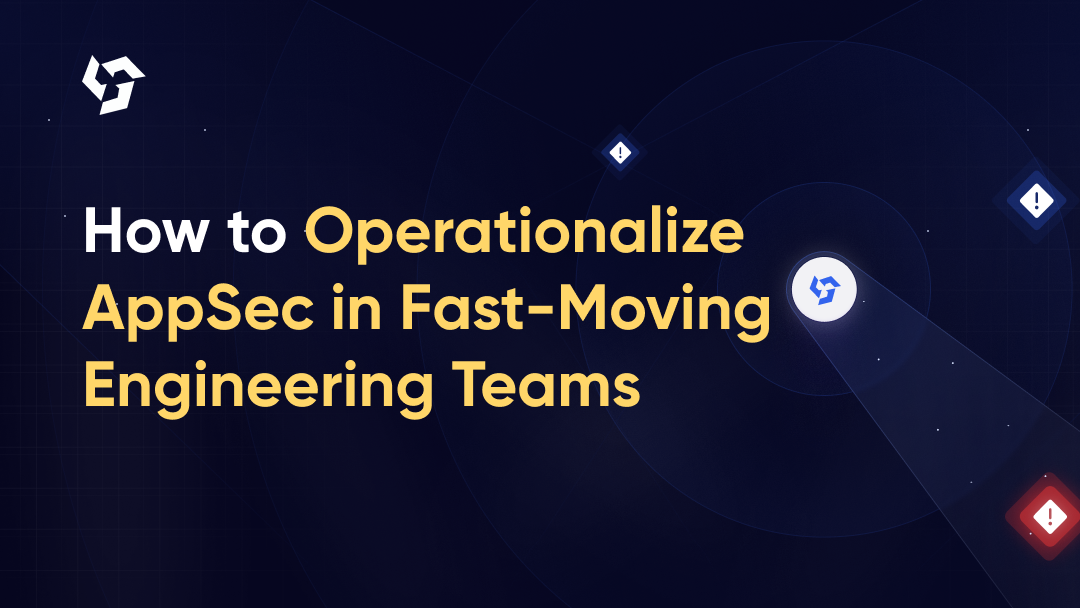








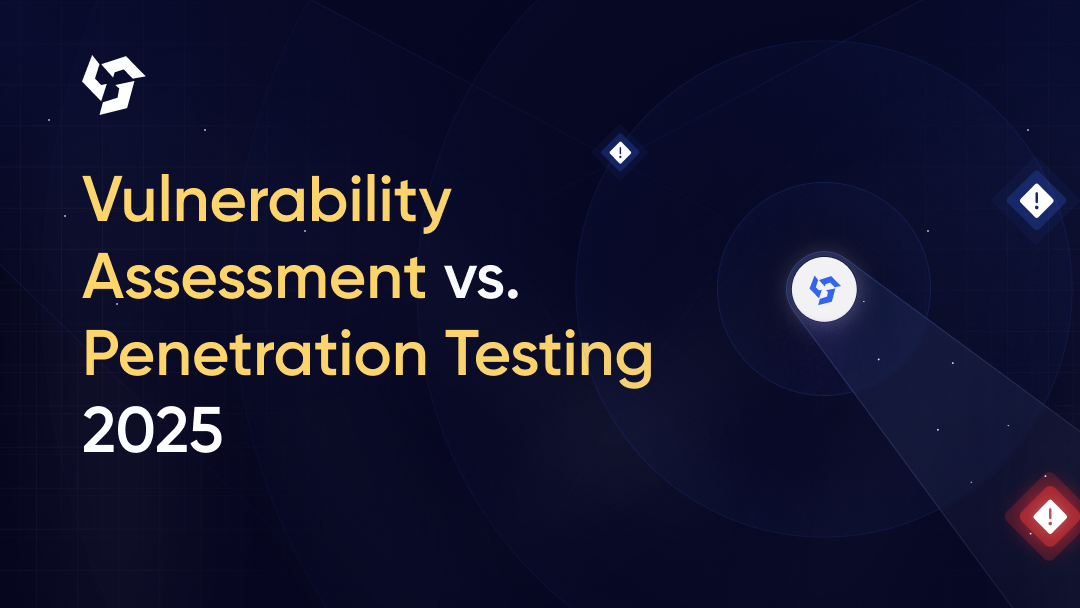

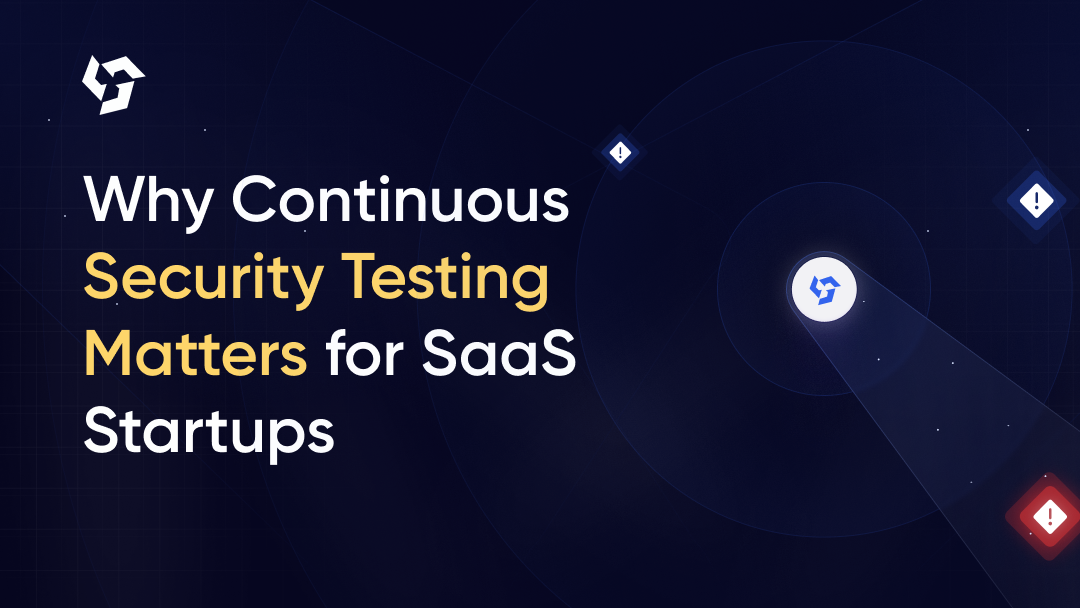
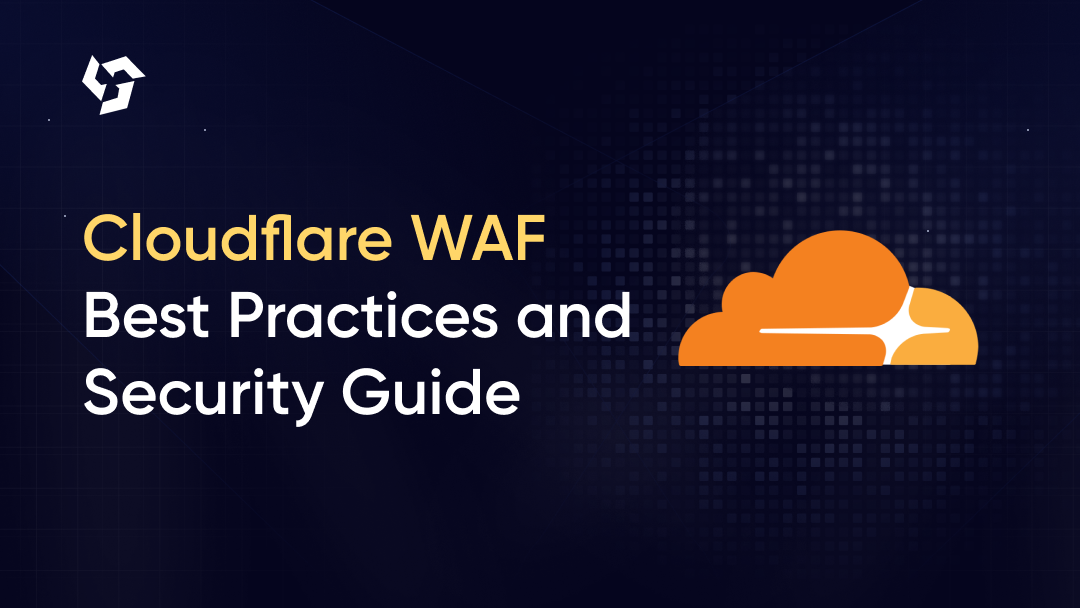

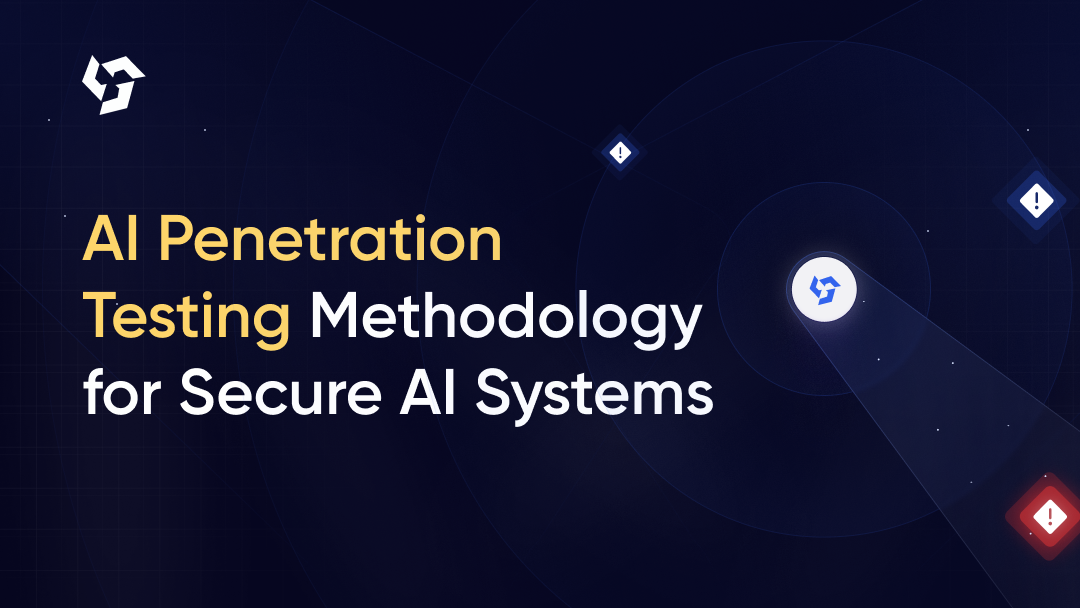
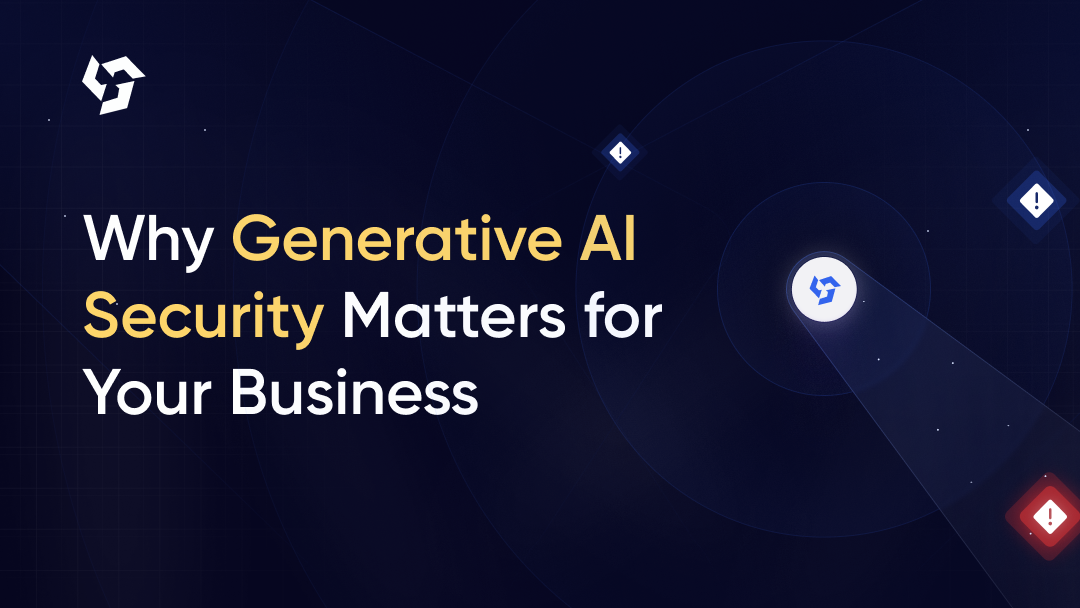
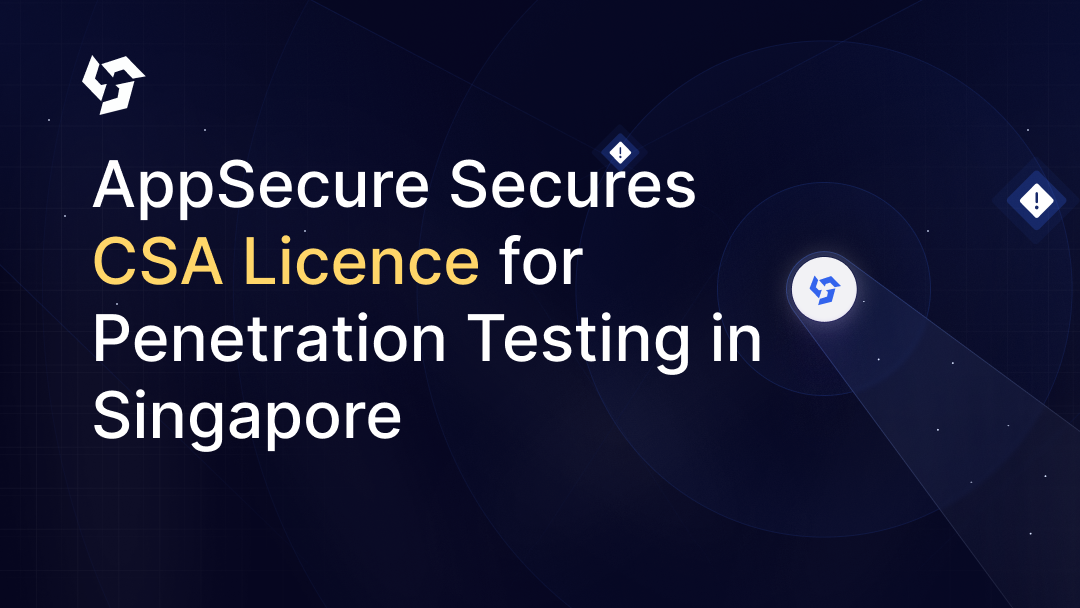
.png)
.png)
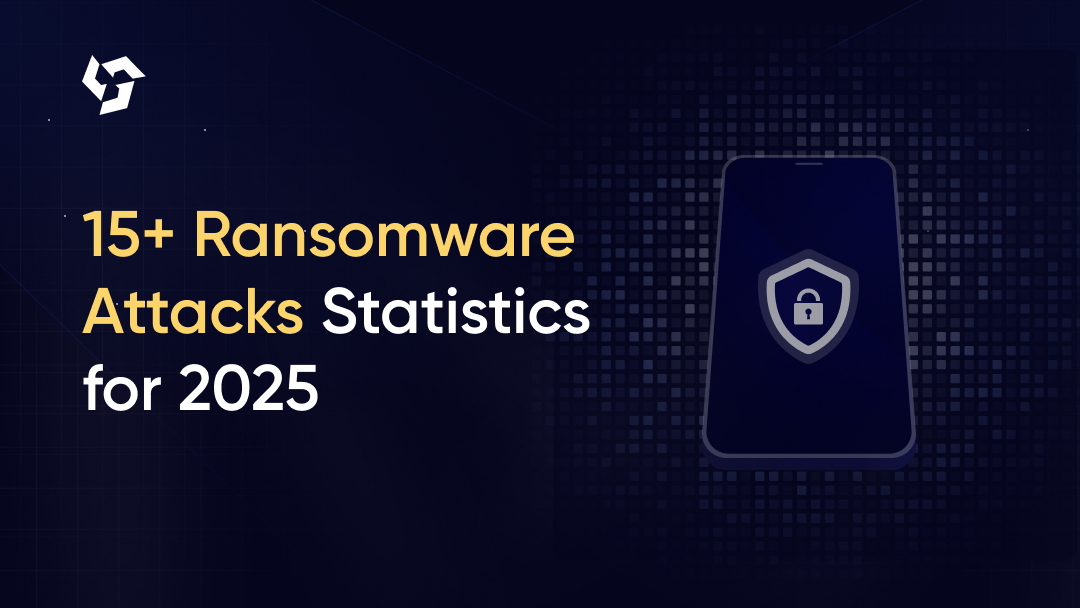
.png)
.png)
.png)
.png)
.png)
.png)

.png)
.png)
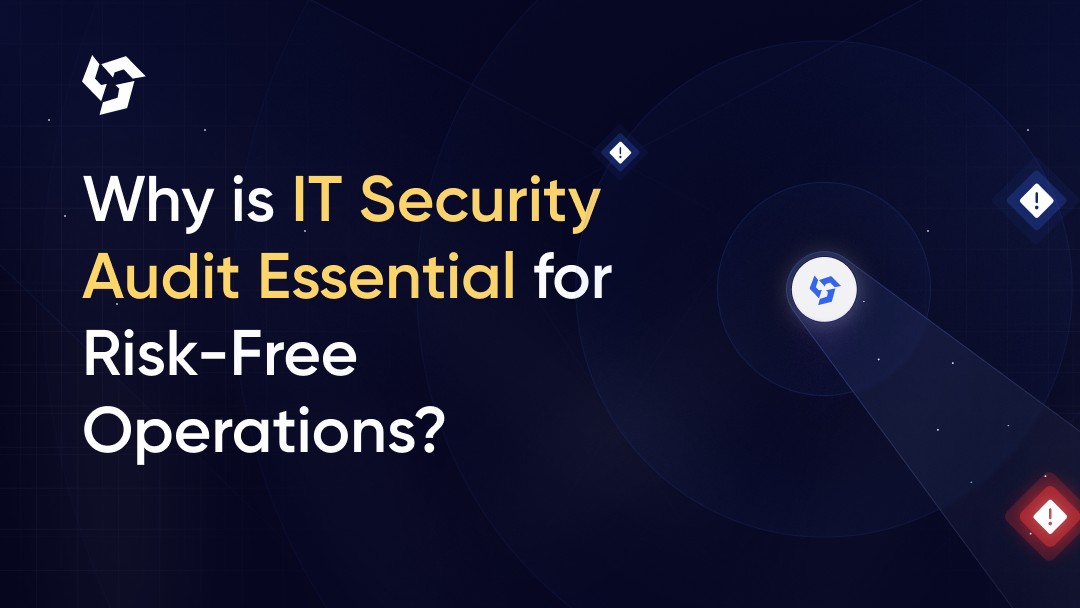

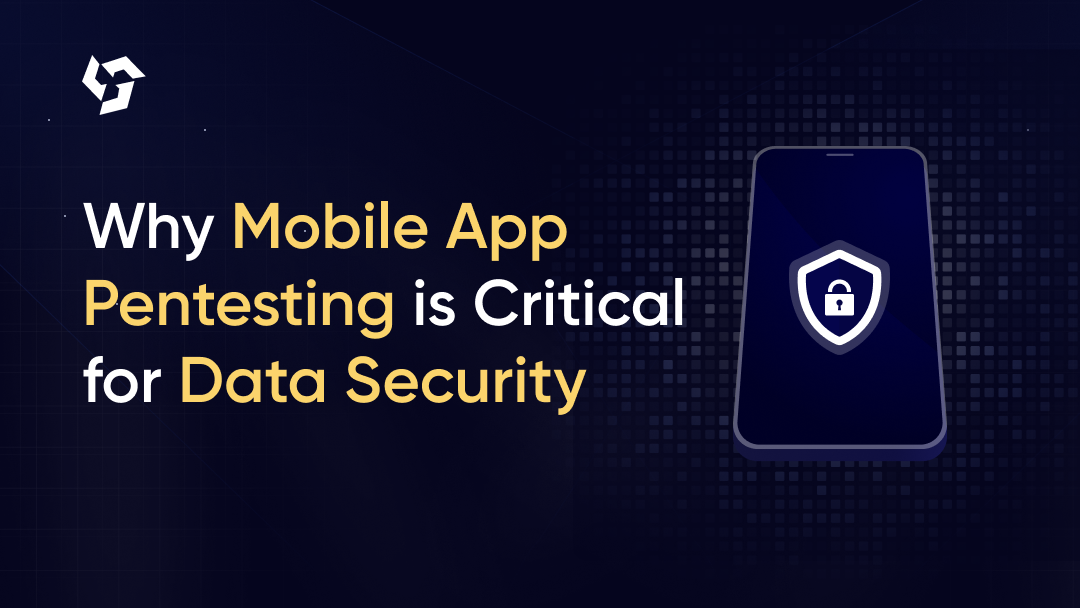
.png)
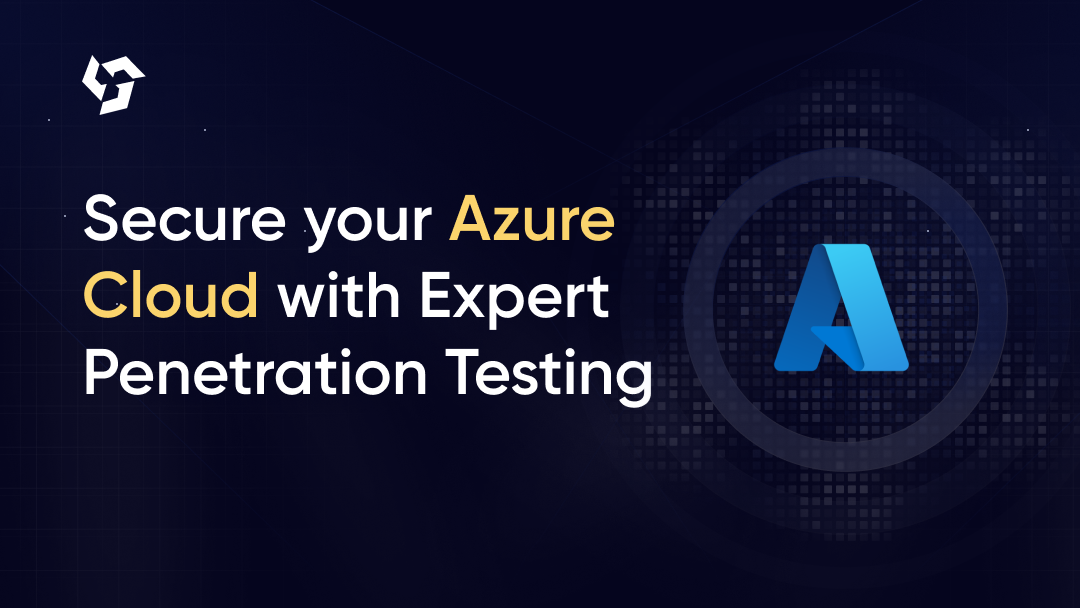

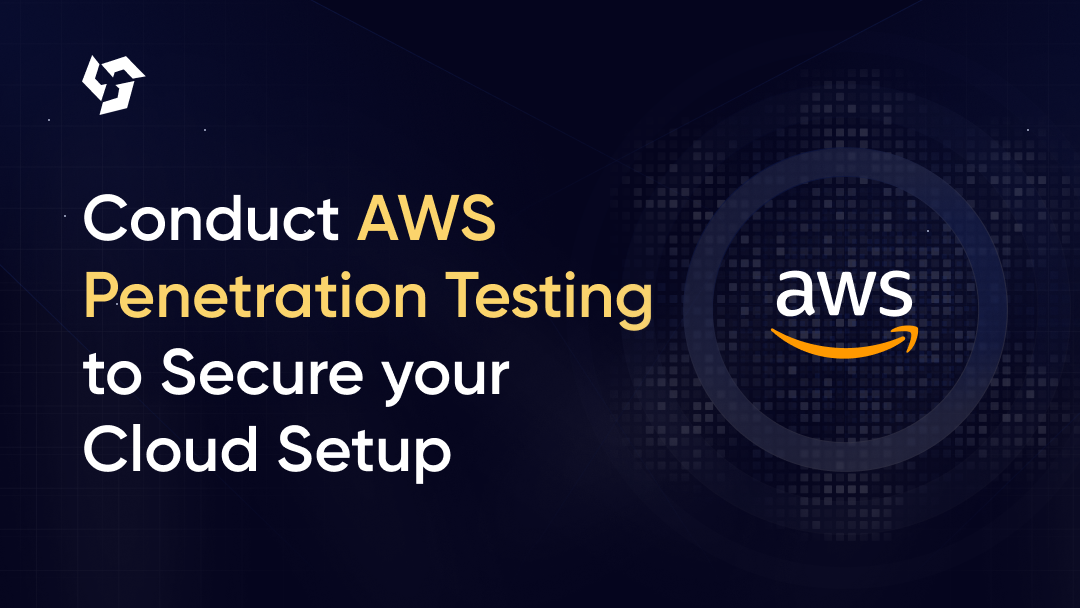
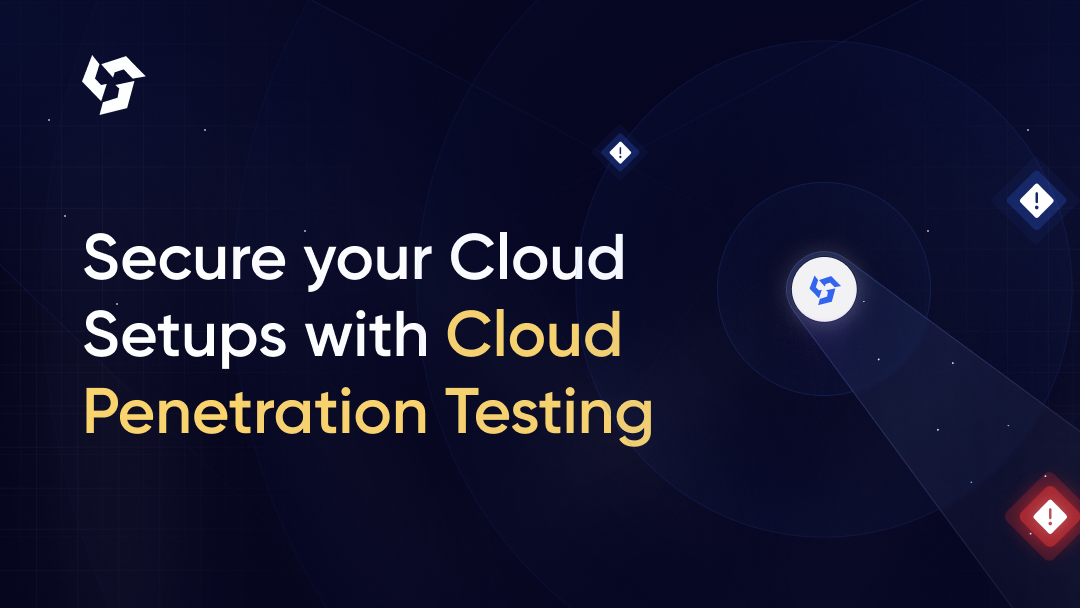
.png)
.png)
.png)
.png)

.png)
.png)

.png)
.png)
.png)
.png)
.png)

.png)









.webp)





.webp)


.webp)

.webp)



.webp)
.webp)
.webp)
.webp)













.webp)
